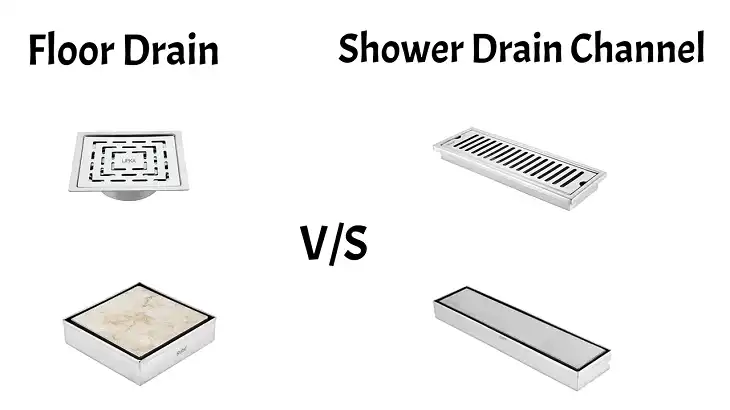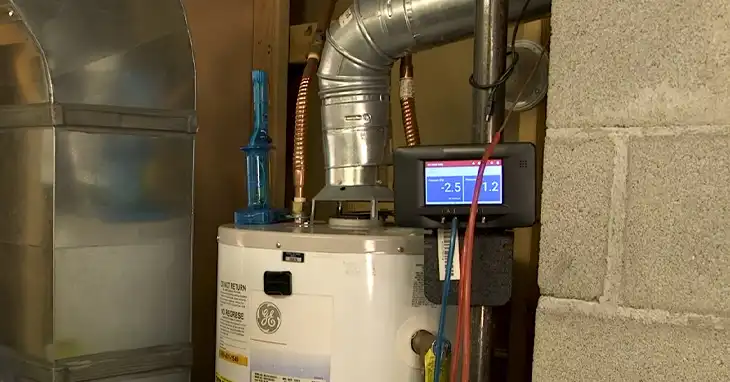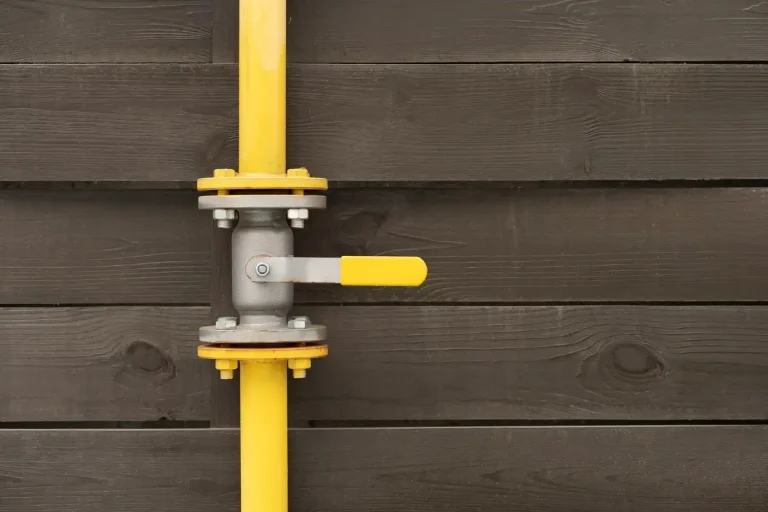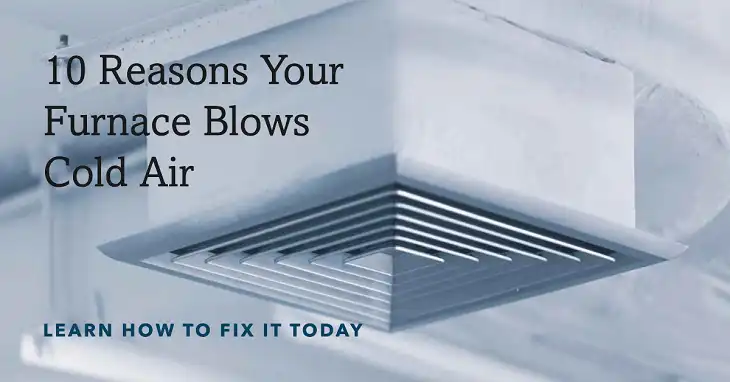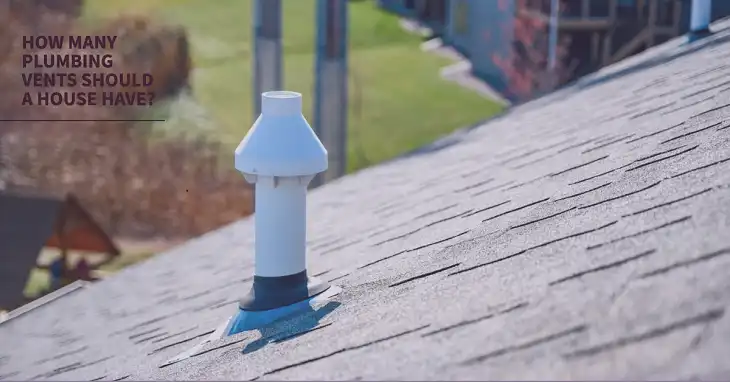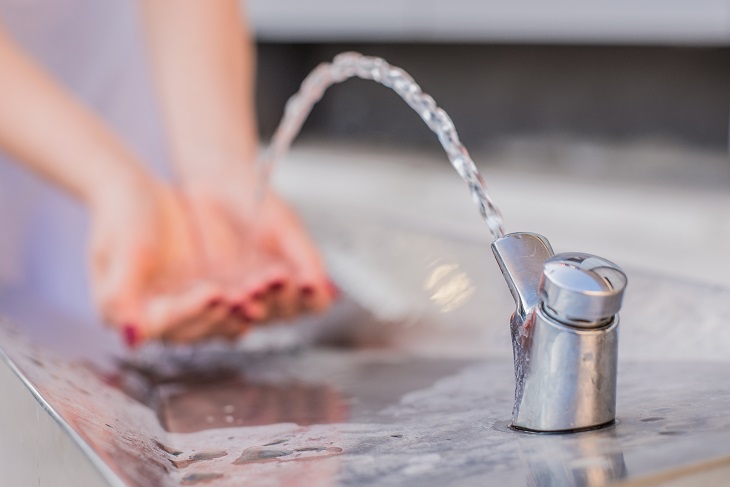How to Fix Fluctuating Water Pressure in Home
Have you ever experienced sudden changes in water flow from your faucets or showers? Maybe the pressure seems fine one minute, but then it drops to a trickle the next. Or perhaps you’ve noticed appliances like the washing machine taking longer to fill up. These are all signs of fluctuating water pressure in your home, and they can be more than just a minor annoyance.
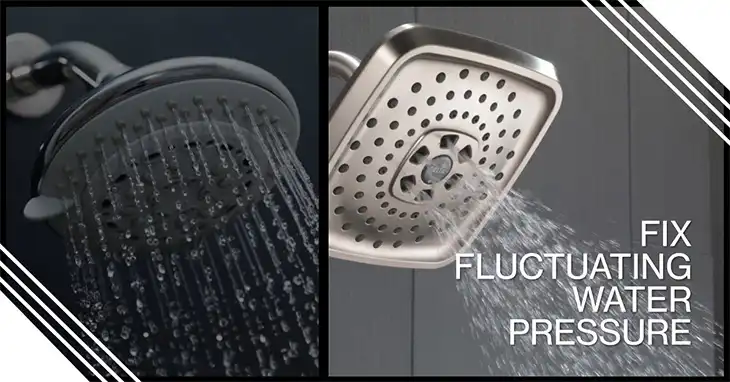
What is Fluctuating Water Pressure?
Fluctuating water pressure refers to noticeable variations in the force or flow of water coming from your home’s plumbing system. Ideally, the water pressure should remain consistent, allowing for a steady and reliable flow from all your taps, showers, and appliances. However, various factors can cause the pressure to rise or fall unexpectedly, leading to potential inconveniences and even costly damage if left unchecked.
The Problem with Fluctuating Water Pressure
Dealing with fluctuating water pressure can be a real hassle. Weak water flow from showers can ruin your morning routine while slow-filling appliances can turn simple tasks into time-consuming ordeals. But beyond the inconvenience, there are also potential risks to your home’s plumbing system and appliances.
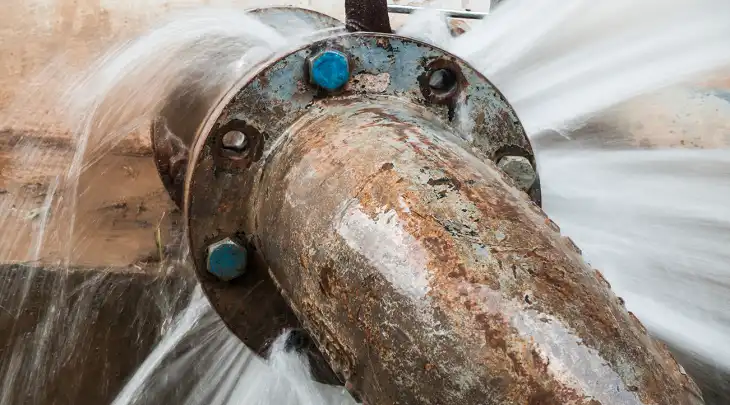
Pressure surges can strain pipes, connections, and water-using appliances like dishwashers and washing machines, leading to premature wear and tear or even breakdowns. On the other hand, consistently low water pressure can be a sign of a more serious issue, such as a leak or pipe damage, which can lead to water waste and property damage if left unaddressed.
What’s the Causes of Water Pressure Fluctuations
To effectively address fluctuating water pressure, it’s important to understand the potential causes. These can often be traced back to issues within your home’s plumbing system or problems with the municipal water supply.
Issues within Your Home’s Plumbing
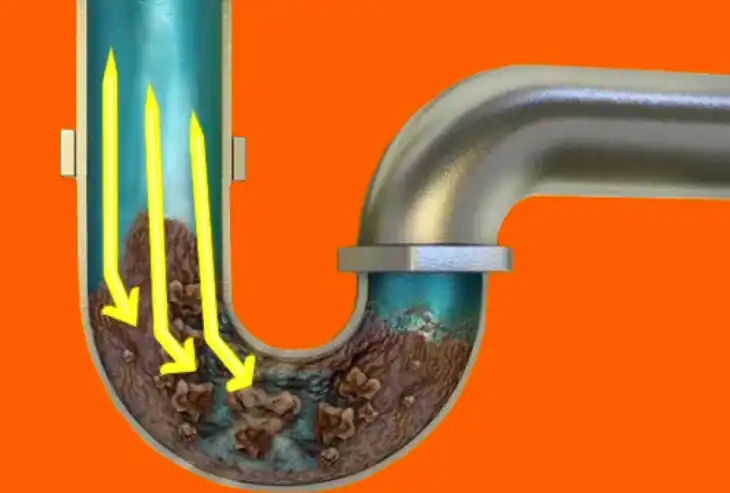
- Clogged Pipes: Over time, mineral buildup, debris, and sediment can accumulate within your pipes, restricting water flow and causing pressure fluctuations. Here are some common signs that your pipes may be clogged:
| Signs of Clogged Pipes | Explanation |
| Reduced water flow from faucets and showers | Buildup is blocking water flow |
| Sputtering or spraying faucets | Pressure fluctuations cause uneven flow |
| Gurgling sounds in pipes | Air pockets caused by clogs |
| Difficulty flushing toilets | Not enough water pressure for proper flushing |
- Leaky Faucets, Valves, or Pipes: Even a small leak can steal water pressure and cause fluctuations throughout your home’s plumbing system. Keep an eye out for these signs of a potential leak:
| Signs of Leaks | Explanation |
| Unexplained increase in water bill | Leaked water being billed |
| Damp spots around pipes or fixtures | Water escaping through leaks |
| Mold growth near water sources | Moisture from leaks encouraging mold |
| Sound of running water when nothing is on | Water escaping through leaks |
- Trapped Air in the Pipes: Air pockets within your pipes can disrupt water flow and cause sudden pressure surges or drops. This can sometimes be resolved by bleeding trapped air from your faucets.
- Faulty Pressure Regulating Valve (PRV): If your home has a pressure regulating valve (PRV) installed, it could be malfunctioning, causing pressure fluctuations. Signs of a faulty PRV include sudden pressure drops or consistently high pressure.
- Improper Installation or Appliance Issues: Incorrectly installed fixtures or appliances can contribute to pressure problems, as they may not be compatible with your home’s plumbing system.
- Corroded or Damaged Pipes: In older homes, corrosion or damage to pipes can restrict water flow and lead to pressure fluctuations. This is especially common in areas with hard water or aggressive soil conditions.
Municipal Water Supply Problems
- Fluctuations from the City’s Main Line: Pressure variations in the municipal water supply can directly affect the water pressure in your home. This could be due to repairs, maintenance, or high-demand periods.
- Leaks or Clogs in the Neighborhood Water Supply: Problems within the neighborhood’s water distribution system, such as leaks or clogs, can also cause pressure fluctuations in your home.
How to Identify the Source of the Fluctuation in Water Pressure
To effectively address water pressure issues, you’ll need to identify the source of the fluctuation. Here are some helpful steps:
| Identification Method | What It Reveals |
| Widespread vs. localized issue | Source is home plumbing or municipal supply |
| Visual inspection | Leaks, damaged pipes |
| Peak vs. off-peak differences | Potential municipal supply problems |
| Checking with neighbors | Neighborhood-wide or isolated issue |
Start by observing whether the pressure fluctuation is throughout your home or localized to specific fixtures. Widespread issues may indicate a problem with your home’s main plumbing system, while localized issues could point to a specific fixture or pipe.
Next, visually inspect your pipes and fixtures for signs of leaks or damage. Also, compare the water pressure during peak usage times (e.g., evenings) with off-peak times to identify potential municipal supply issues. If the problem seems widespread, consider talking to your neighbors to see if they’re experiencing similar fluctuations, which could indicate a neighborhood-wide water supply issue.
Potential Risks of Ignoring Fluctuating Water Pressure
While fluctuating water pressure may seem like a minor inconvenience, ignoring the issue can lead to more significant problems and costly repairs down the line.
- Reduced Water Flow: Consistently low water pressure can result in weak showers, slow-filling appliances, and difficulty flushing toilets, making everyday tasks frustrating and time-consuming.
- Damage to Appliances: Pressure surges can strain water-using appliances like dishwashers and washing machines, leading to premature wear and tear or even breakdowns. This can end up costing you a lot in repair or replacement costs.
- Increased Risk of Pipe Leaks: Fluctuating water pressure can put stress on your home’s pipes, increasing the risk of leaks, especially in areas where the pipes are already weak or corroded. Unaddressed leaks can lead to water damage and costly repairs.
- Water Hammer: Sudden pressure changes can cause a “water hammer” effect, with loud banging noises in your pipes. Over time, this can damage pipe connections and fittings, leading to potential leaks or the need for extensive repairs.
How to Fix Fluctuating Water Pressure
Depending on the cause and severity of the water pressure fluctuations, there are several solutions to consider, ranging from simple DIY fixes to more extensive professional repairs.
DIY Solutions (for minor issues)
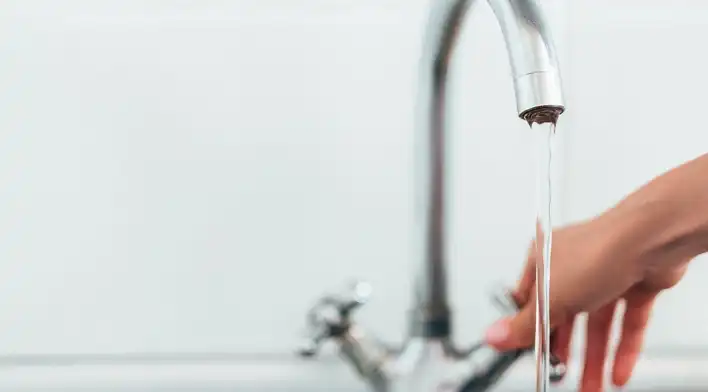
- Bleeding Trapped Air: If you suspect trapped air in your pipes, you can try bleeding the air from your faucets. Here’s how:
- Start by turning off the main water supply to your home.
- Open the highest faucet in your home and let the water flow until it stops.
- Next, open the lowest faucet and let any remaining air escape.
- Once all the air has been released, turn the main water supply back on, and the trapped air should be cleared.
- Cleaning Clogged Aerators: Clogged aerators on your faucets can restrict water flow and cause pressure fluctuations. To clean them:
- Unscrew the aerator from the faucet.
- Remove any debris or mineral buildup using an old toothbrush or a vinegar solution.
- Rinse the aerator and reattach it to the faucet.
- Checking and Tightening Loose Connections: Loose connections around valves or fixtures can contribute to minor leaks and pressure fluctuations. Inspect these areas and tighten any loose connections as needed.
Professional Solutions (for major issues)
- Hiring a Licensed Plumber: For more complex issues, such as clogged pipes, faulty PRVs, or leaks within your home’s plumbing system, it’s best to hire a licensed plumber. They can diagnose the problem and recommend the appropriate repairs or replacements.
- Replacing Corroded or Damaged Pipes: In older homes with corrosion or damage to the pipes, a plumber may recommend replacing the affected sections to restore consistent water pressure.
- Pressure Regulator Installation: If the fluctuations seem to stem from the municipal water supply, a plumber may suggest installing a pressure regulator valve (PRV). This device helps maintain a consistent pressure level within your home, regardless of fluctuations in the city’s water supply.
- Water Line Replacement: In severe cases, where the main water line running into your home is compromised, the plumber may need to replace it entirely to address stubborn pressure issues.
How to Maintain Consistent Water Pressure
While addressing the immediate cause of fluctuating water pressure is essential, it’s also important to take preventive measures to maintain consistent water pressure in your home.
- Regular Plumbing Maintenance: Schedule regular plumbing inspections and maintenance to identify and address potential issues before they escalate. This can include flushing your water lines, checking for leaks, and inspecting fixtures and appliances.
- Water Pressure Gauge Installation: Consider installing a water pressure gauge at your home’s main water line. This will allow you to monitor the pressure levels easily and identify any fluctuations promptly.
- Water Conservation: Practicing water conservation can help reduce strain on your home’s plumbing system and maintain consistent pressure. This includes fixing leaks promptly, using water-efficient fixtures and appliances, and being mindful of your water usage habits.
Typical Water Pressure Range
It’s important to understand the typical range for water pressure in residential homes. Here’s a quick reference:
| Water Pressure Range | Potential Impact |
| Under 40 PSI | Weak flow from faucets and appliances |
| 40 to 60 PSI | Ideal pressure for most homes |
| 60 to 80 PSI | Slightly elevated, but generally acceptable |
| Over 80 PSI | Risk of damage to pipes, fixtures, and appliances |
If your home’s water pressure consistently falls outside the ideal range of 40 to 60 PSI, it’s a good idea to investigate the cause and consider implementing appropriate solutions.
Frequently Asked Questions
Can low water pressure cause damage to my home’s plumbing?
Yes, consistently low water pressure can stress your pipes and increase the risk of leaks or damage over time. It’s important to address low-pressure issues promptly to prevent further problems.
Is it safe to run water-using appliances when the pressure is fluctuating?
It’s generally not recommended to run appliances like dishwashers or washing machines during periods of significant water pressure fluctuation, as it can potentially damage them.
How often should I have my home’s plumbing system inspected?
Most plumbers recommend having your home’s plumbing system inspected at least once a year, or more frequently if you live in an older home or have a history of plumbing issues.
Can water pressure fluctuations affect my water bill?
Yes, fluctuating water pressure can impact your water bill in various ways. Low pressure can lead to water waste due to leaks or the need to run faucets longer to achieve the desired flow. High pressure, on the other hand, can cause increased water usage and strain on appliances, leading to higher utility costs.
Summing Up
Fluctuating water pressure in your home can be more than just a minor annoyance – it can lead to inconvenience, potential damage, and increased utility costs if left unaddressed. By understanding the causes, identifying the source, and implementing appropriate solutions, you can restore consistent water pressure and ensure the smooth operation of your home’s plumbing system.
Remember, addressing water pressure issues promptly is key to preventing further problems and costly repairs down the line. Don’t hesitate to seek professional help from a licensed plumber if the issue seems complex or persists despite your efforts.

